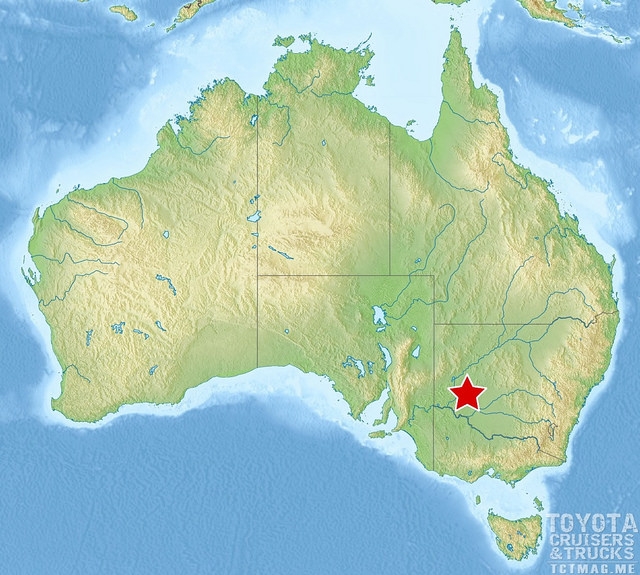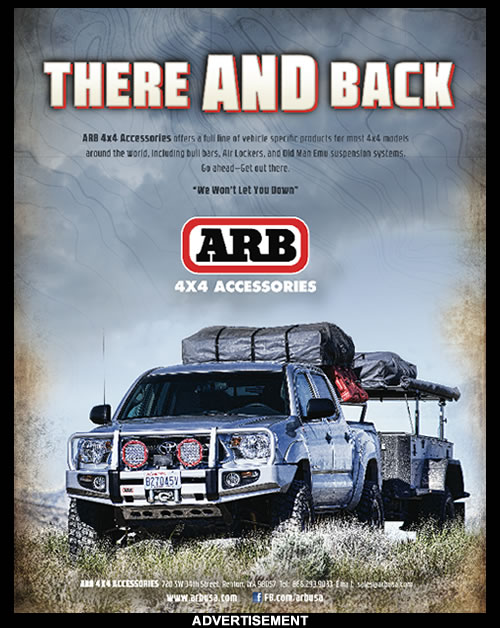Mungo Nation Park is not well known and in fact the name “Mungo” conjures up enigmatic, mysterious and perplexing images that somehow contrast with the Australian Outback. Quite simply, the Walls of China and Mungo National Park have to be seen to be believed. The night before entering the National Park we stayed at the little town of Balranald to charge our batteries and stock up with supplies. The unexpected wait only filled us with suspense for the days ahead. What we found in the Mungo National Park was nothing less than spectacular in terms of landscape beauty. It is incredible to think that in the South Western corner of New South Wales there is such a significant archaeological site with artefacts and fossils dating back as far as the ice age. The place is a real education, its history spans back to prehistoric times. The Lake Mungo region was recognised on the World Heritage List as part of the Willandra Lakes Region World Heritage Area in 1981. Since then there have been further discoveries of fossil track ways. There is evidence of an unbroken link reaching back 45,000 years in this region which is truly amazing.
Early explorers including Sturt, Mitchell and Burke and Wills travelled through the district and were probably the first white people to encounter local aborigines here. The significant prehistoric and historic dates have been recorded and are presented at the Visitors Centre within the National Park. The Mungo Visitor Centre takes you on a journey of learning. The exhibition extends outdoors to showcase the unique sights and walking tracks of the area. The Visitors Centre is a short walk from the Shearer’s Quarters accommodation that is run by the National Parks Office. The Shearing Shed was built from termite-resistant white cypress pine by Chinese labourers many years ago. It is quite likely that the Chinese workers gave the name to the Walls of China in the Lake Mungo Lunette. Mungo National Park records and preserves ancient stories, it is significant in the lives of the Aboriginal people, many of whom are involved in the management of the park. This great place is home to the Ngyiampaa, Mutthi Mutthi and Southern Paakantyi people, whose connection with the land reaches back tens of thousands of years. The archaeological finds of Mungo Man, Mungo Woman, and human footprints tell an incredible story about the long history of Australian Aboriginal people. In fact this place houses some of the most important human remains outside Africa. The discovery of the ancient remains put Mungo Nation Park on the World map for archaeology.
The Walls of China is just a short drive from the Visitors centre. This unique feature on the South Eastern edge of the Lake Mungo lunette makes for one of Australia’s most unforgettable sights. The Willandra Lakes World Heritage Area is composed of 17 dry lakes altogether and most of these are surrounded by crescent shaped dunes that are referred to as lunettes. Time and the elements have eroded the 33km (20.5 mile) crescent at Lake Mungo and left ancient fireplaces and scatterings of ancient humans. The 10km (6.2 mile) track to the Walls of China takes you over the ancient lake bed. Signs at the carpark lead you to a board walk which bring you closer to the Walls. The board walk is set above the fragile landscape and reduces erosion of the Walls. The boardwalk integrates all the information you need to know about how the Walls have formed and what is known about the history of the formations. In basic terms the rain has washed away the soft sand and mud of the lunette, creating ridges and cracks which have been carved out over thousands of years. You can take a guided tour to the Walls of China which allows you to get close up and within arm’s reach or simply take your own tour on the boardwalk. Sunrise and sunset are perfect viewing times to see the spectacular colours of this outback location.
There was plenty of space for caravans, camper trailers and tents at Mungo National Park. We were lucky enough to get a shelter with a picnic table, a BBQ and a fire pit all at the same campsite. Our kids loved riding their bikes around the Nature Trail and to the Lookout. Just a short drive away the Mungo Visitor Centre provides access to hot showers, flushing toilets and a public phone. This is an amazing location, kangaroos grazed close to the campsite in the afternoons and emus strolled around most of the day making it a very relaxing place to be. When darkness hit we got out our spot lights and were surprised to see a feral cat and a fox close by. The feral cat was so used to the campers that it tried to slip through the campsite without being noticed. It didn’t like to be caught in the light and was quick to take off and find shelter. In the light of day, the Mungo Loop Road was a great adventure. It allowed us to see the surroundings while visiting some of the important points of interest along the way. In particular the lookout over Lake Mungo was an incredible sight, we felt dwarfed looking out over the huge expanse as the sun went down. Even at sunrise the scenes of the wide open spaces and the low lying ancient lake plateaus is something that we will never forget. The vantage point at the lookout was high and unobstructed allowing a magnificent view of this unusual landscape, perhaps something an emperor from a long lost dynasty would have experienced. Down below it was sobering to watch the emus and kangaroos walking through the scrub on thin tracks down below. Mungo National Park in outback New South Wales, Australia is really like no other place on earth.
[flickr set=72157660888570309]
To get your copy of theFall 2015 issue:FIND US ON: |
|









